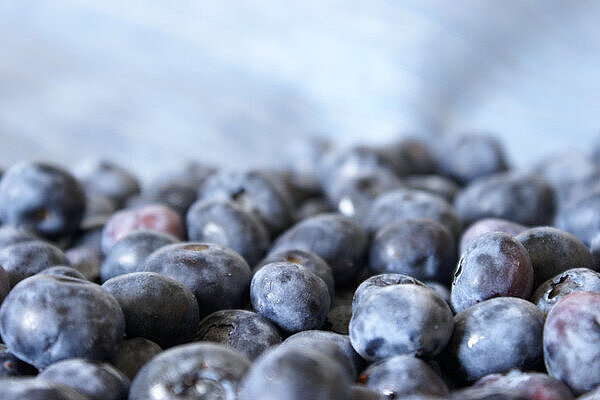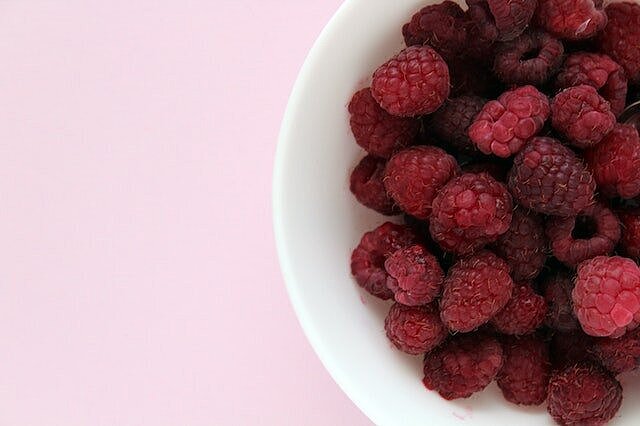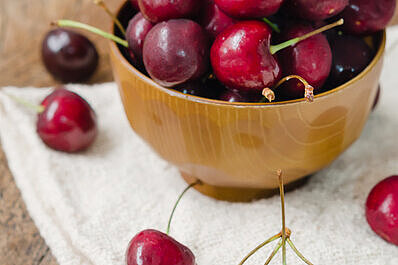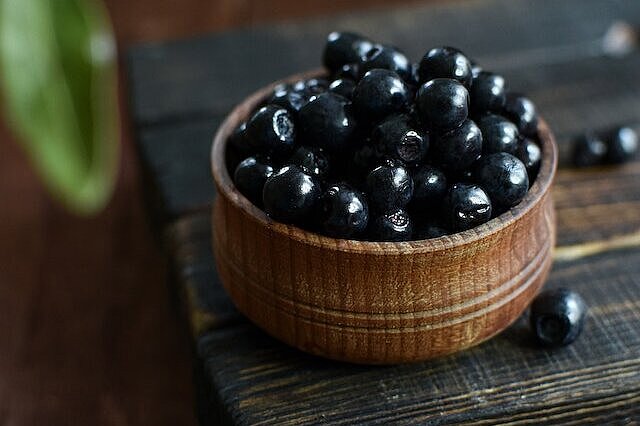Anthocyanin
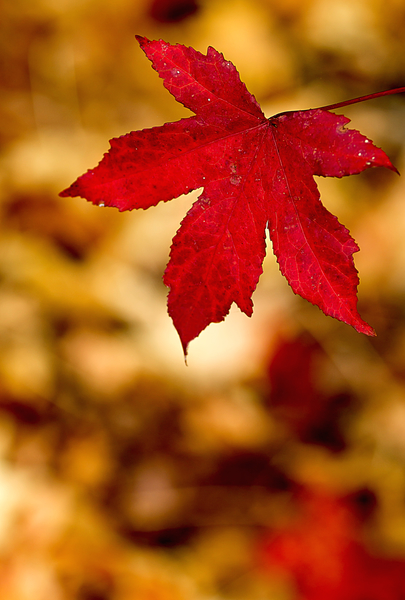
The benefits of anthocyanin for dogs
Anthocyanin has several positive effects on the organism of dogs. Firstly, it protects the cells from free radicals, which can be caused by environmental factors or metabolic processes. Free radicals can cause cell damage and contribute to chronic diseases such as cancer or arthritis. Anthocyanin can therefore strengthen the immune system and inhibit inflammation.
On the other hand, anthocyanin can improve the eyesight of dogs. One study showed that dogs with cataracts (a clouding of the lens of the eye) that were given bilberry extract daily had better visual acuity and less lens clouding than dogs without bilberry extract. Anthocyanin can therefore promote blood flow to the eyes and slow down the breakdown of lens proteins.
The disadvantages of anthocyanin for dogs
Anthocyanin also has some disadvantages for dogs. For one thing, it can trigger allergies. Some dogs are sensitive to certain plant substances and show symptoms such as itching, skin rashes or diarrhea. If you want to feed your dog anthocyanin-containing foods, you should therefore always try a small amount first and watch out for possible reactions.
It can also interact with medication. For example, anthocyanin can strengthen or weaken the effect of blood-thinning medication. If your dog is taking such medication, you should therefore always consult your vet before giving them anthocyanin-containing foods.
Anthocyanin is a natural plant pigment with antioxidant and eye-protective properties. It can help your dog to stay healthy and maintain his eyesight. However, you should also be aware of possible allergies and interactions with medication.
Properties 7
Are you looking for other ingredients with a specific property?
Just click on them to find more.
If you notice any signs of hypersensitivity or poisoning in your dog, you should see your vet immediately. We are not a substitute for a vet, but we try to be as accurate as possible. Every dog reacts differently and we recommend you get a second opinion or consult your vet if in doubt.
Stay healthy and take good care of your four-legged friend!😊
Similar to Anthocyanin
Blueberries (Vaccinium myrtillus) are small, round berries with a blue to purple color. They grow on deciduous dwarf shrubs that belong to the heather family (Ericaceae). Bilberries are native to...
Raspberries are berry fruits that belong to the rose family. They grow on bushes that can grow up to two meters high. The fruits consist of many small individual fruits, which together have a...
A cherry is a stone fruit that belongs to the rose family. There are many different varieties of cherries, which differ in color, size, taste and sweetness. The best known are sweet cherries and...
Blackcurrants (botanical name: Ribes nigrum) belong to the gooseberry family and are related to red and white currants. They originally come from northern, eastern and central Europe and have been...
